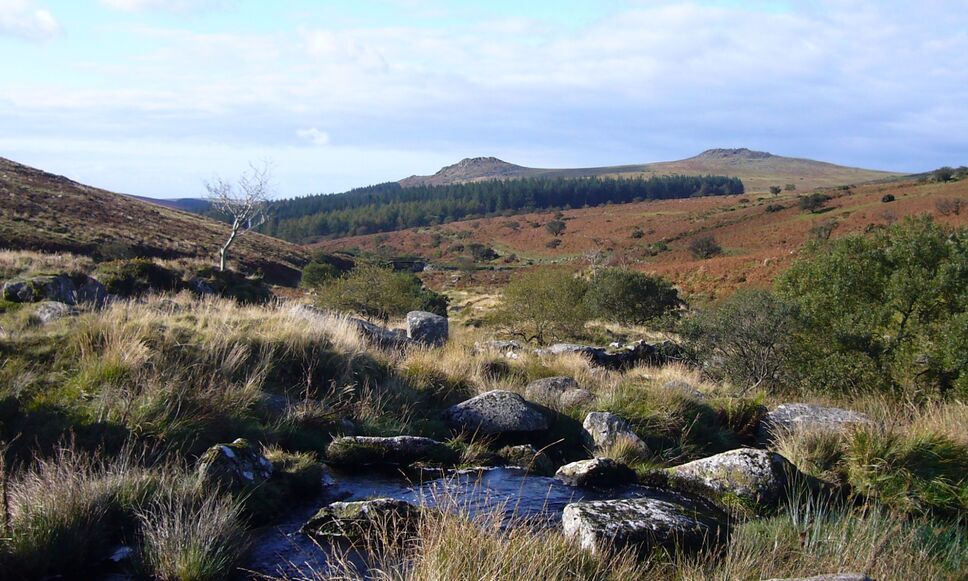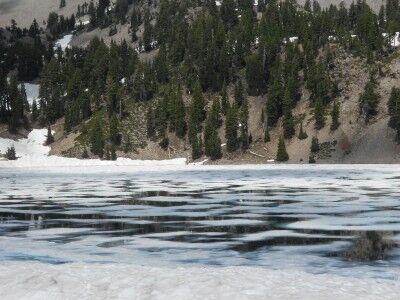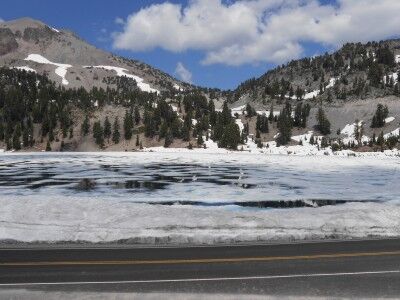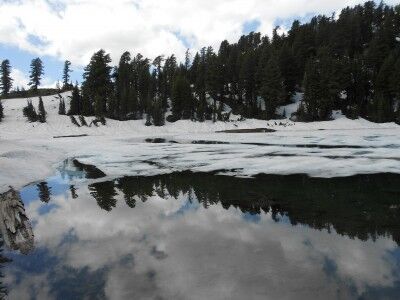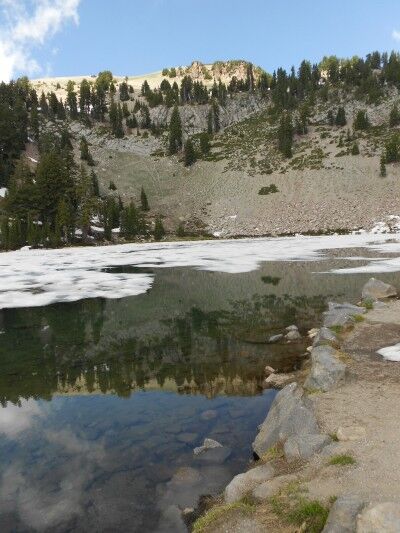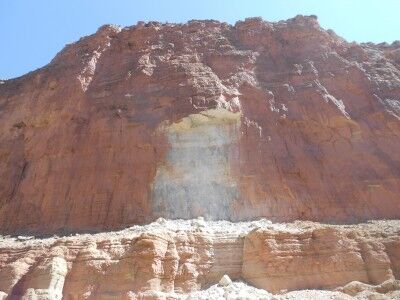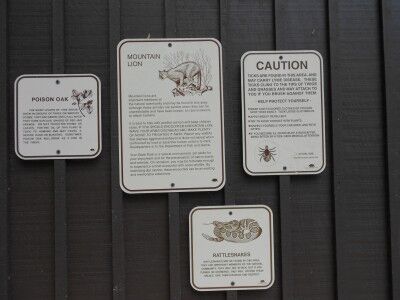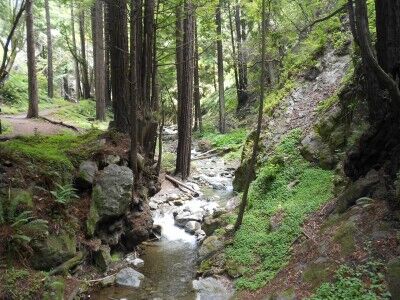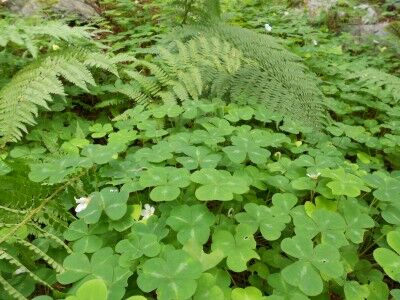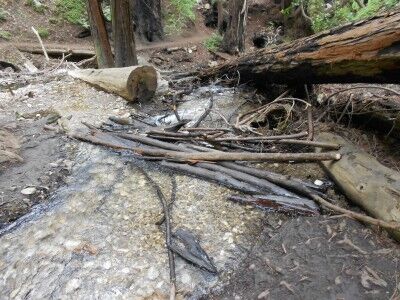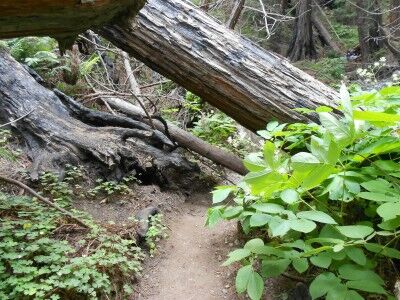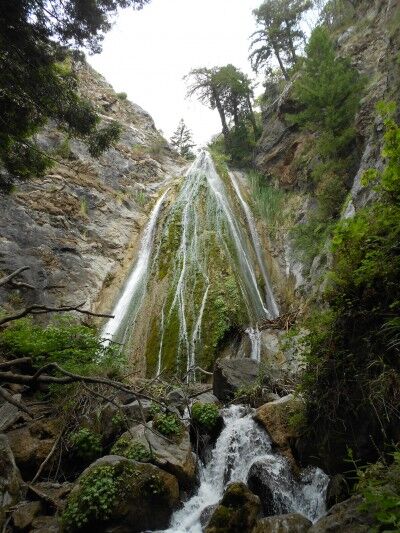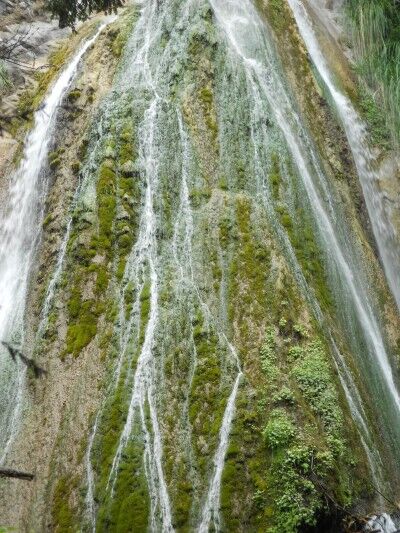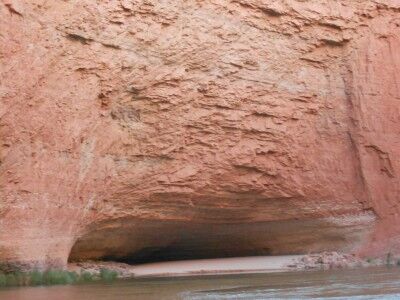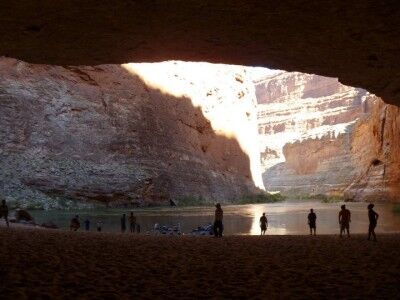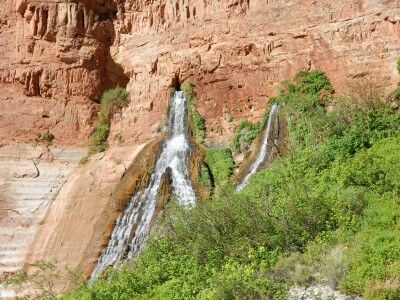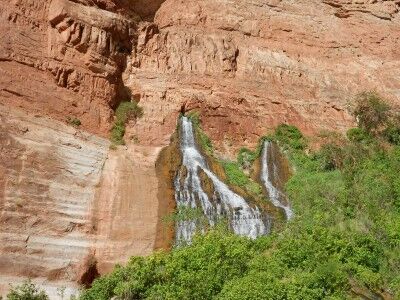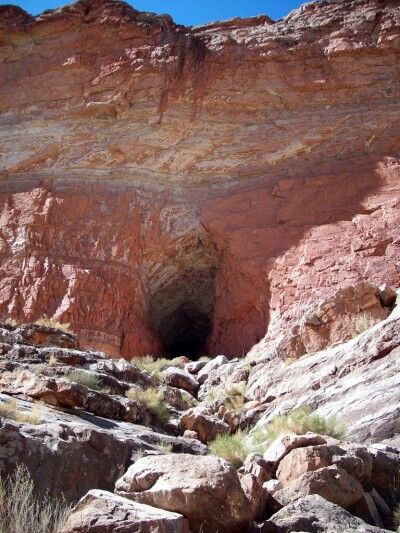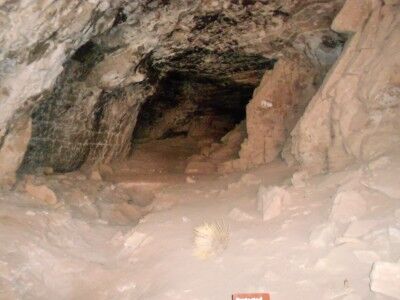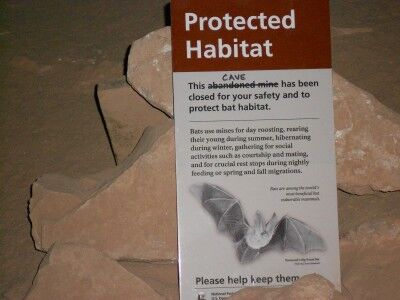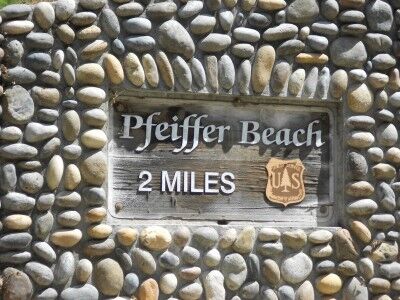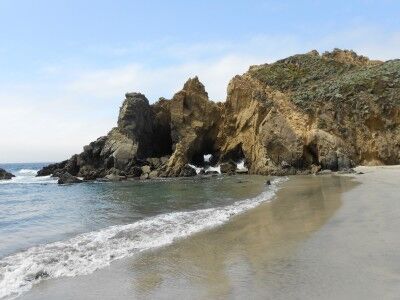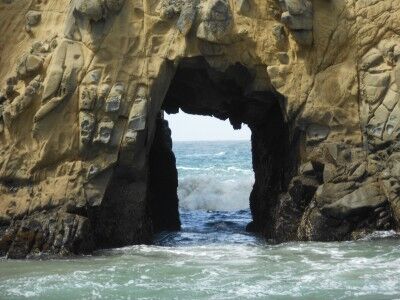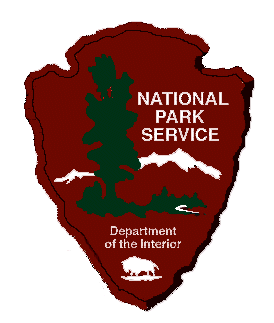
The very first post I made on this blog was a list of National Parks in alphabetical order. I recently received an email asking if I had a list of the National Parks by state, and since I didn’t, I decided that it was time to place one on this blog. Only half of the states have at least one National Park (plus the Virgin Islands). Of those 25 states that do have a National Park, 13 only have one National Park while the other 12 have multiple National Parks. Here is a list of National Parks by state:
Alaska National Parks
Denali National Park
Gates of the Arctic National Park
Glacier Bay National Park
Katmai National Park
Kenai Fjords National Park
Lake Clark National Park
Wrangell-St. Elias National Park
Arkansas National Parks
Hot Springs National Park
Arizona National Parks
Grand Canyon National Park
Petrified Forest National Park
Saguaro National Park
California National Parks
Channel Islands National Park
Death Valley National Park
Joshua Tree National Park
Lassen Volcanic National Park
Redwood National Park
Sequoia and Kings Canyon National Park
Yosemite National Park
Colorado National Parks
Black Canyon of the Gunnison National Park
Great Sand Dunes National Park
Mesa Verde National Park
Rocky Mountain National Park
Florida National Parks
Biscayne National Park
Dry Tortugas National Park
Everglades National Park
Hawaii National Parks
Haleakala National Park
Hawaii Volcanoes National Park
Idaho National Parks
Yellowstone National Park
Kentucky National Parks
Mammoth Cave National Park
Maine National Parks
Acadia National Park
Michigan National Parks
Isle Royale National Park
Minnesota National Parks
Voyageurs National Park
Montana National Parks
Glacier National Park
North Carolina National Parks
Great Smoky Mountains National Park
North Dakota National Parks
Theodore Roosevelt National Park
Nevada National Parks
Great Basin National Park
Ohio National Parks
Cuyahoga Valley National Park
Oregon National Parks
Crater Lake National Park
South Carolina National Parks
Congaree National Park
South Dakota National Parks
Badlands National Park
Wind Cave National Park
Texas National Parks
Big Bend National Park
Guadalupe Mountains National Park
Utah National Parks
Arches National Park
Bryce Canyon National Park
Canyonlands National Park
Capitol Reef National Park
Zion National Park
Virginia National Parks
Shenandoah National Park
Virgin Islands National Parks
Virgin Islands National Park
Washington National Parks
Mount Rainier National Park
North Cascades National Park
Olympic National Park
Wyoming National Parks
Grand Teton National Park
Yellowstone National Park
